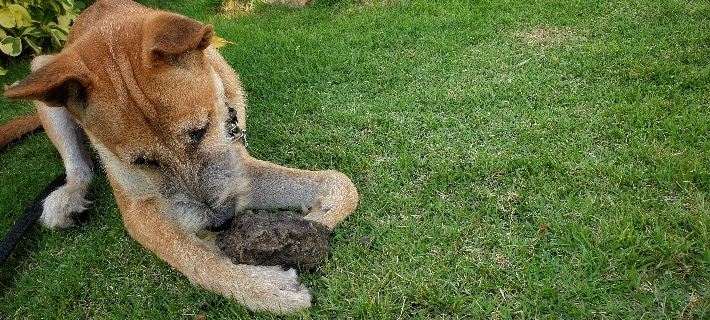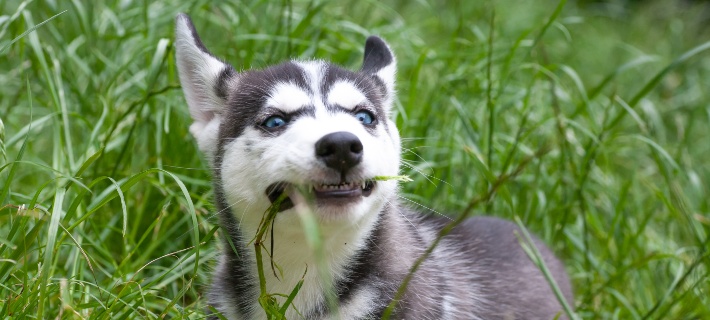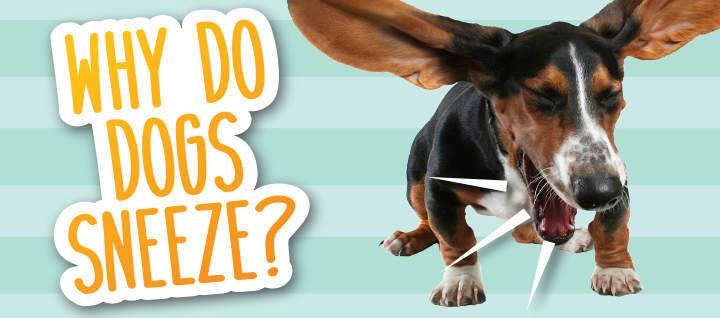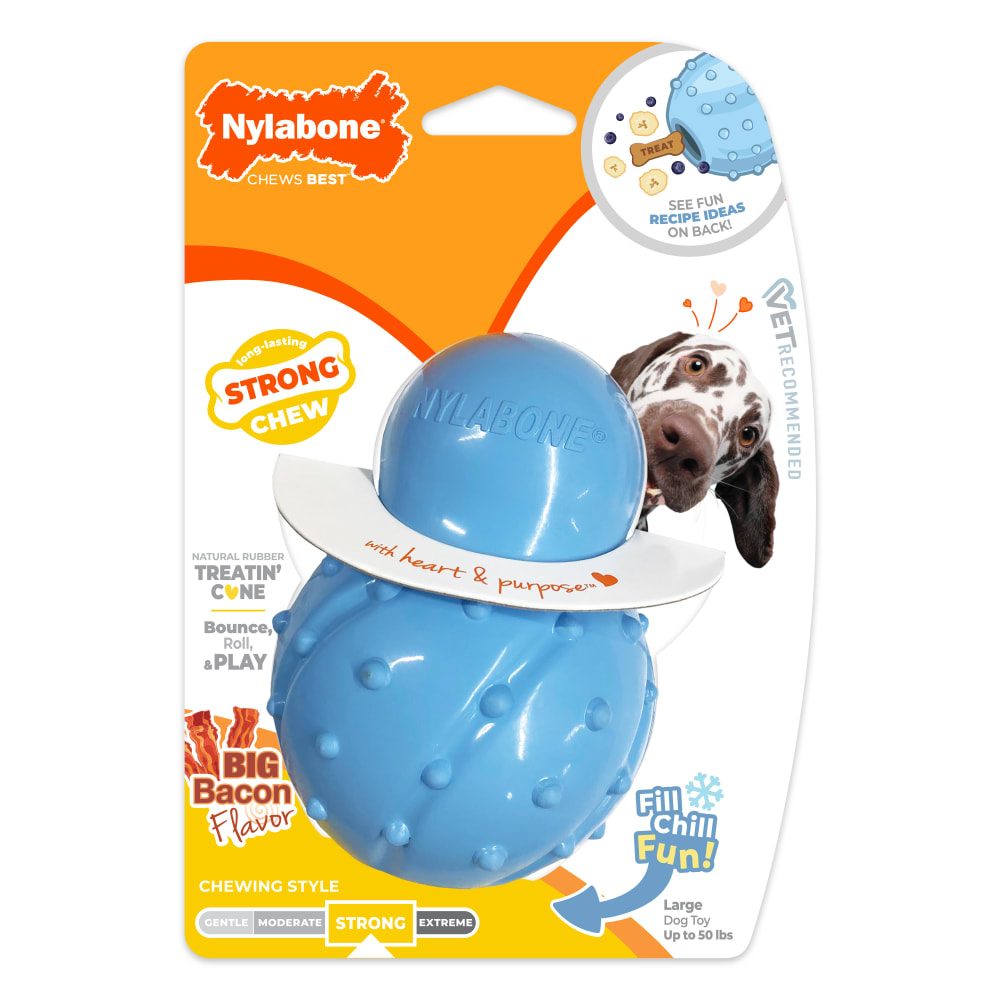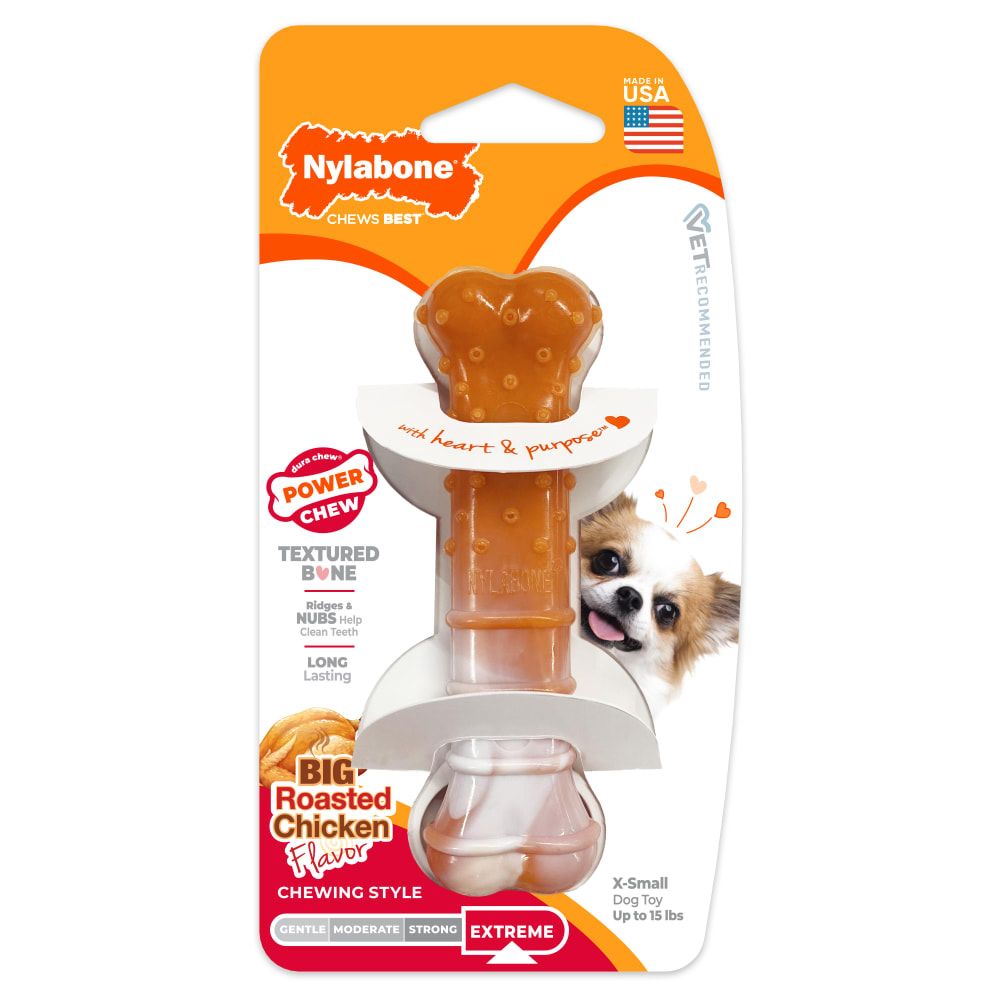Why Do Dogs Eat Rocks (and How to Prevent It)?
Dogs love to chew, but not everything they get their paws on is okay to munch! If you’ve ever found your dog chewing on rocks, you’re not alone. The good news is this common problem behavior can be prevented with the right training. Find out why dogs eat rocks, what to do if your furry friend chews on one, and how you can safely satisfy their urge to chew.
Why Do Dogs Eat Rocks?
There are several reasons why dogs may eat rocks and other objects, and understanding the root cause will help you redirect their behavior. These are the most common possibilities:
Teething: As a pup’s baby teeth start falling out and their permanent teeth emerge, they often experience sore gums. Chewing provides a soothing activity during puppy teething, and pups may gnaw on just about any object that’ll fit in their mouth.
Anxiety: Similarly, chewing helps calm dogs who are feeling stressed. Separation anxiety and other tense situations can lead dogs to chew on rocks, furniture, and other off-limits items.
Boredom: Dogs who don’t get enough physical and mental activity may chew on rocks to keep themselves entertained. Understanding the signs of dog boredom will help you give your furry friend the stimulation they crave and avoid destructive behavior.
Pica: This disorder is another reason why dogs may compulsively chew on rocks and other non-edible items such as metal, paper, and clothing. Issues like hunger, illness, nutritional deficiency, and stress can all lead to pica in dogs, so identifying and solving the underlying cause can put a stop to it.
Instincts: Furry friends are born with a natural chewing instinct, which helps them learn about and navigate their world. That’s not a bad thing! However, dogs who aren’t taught which objects are a no-go may be tempted to chew on rocks due to their unique smell or texture.
Is Eating Rocks Dangerous?

This behavior can be problematic, especially if your dog swallows a rock. Issues that may arise include:
- Bacterial infections
- Broken teeth
- Choking (especially with smaller rocks)
- Damage to the stomach or intestines
- Intestinal blockage
Contact your veterinarian right away if you catch your dog chewing on rocks. While your dog may be fine, your vet might want to run x-rays or similar diagnostics just to be safe. In extreme cases, surgery may be needed to extract the rock.
If you suspect your dog has eaten a rock, keep an eye out for symptoms such as vomiting, lethargy, loss of appetite, abdominal pain, pacing, or whining.
🐶 Related: 13 Common Dog Behavioral Issues & Tips to Solve Them
How Do You Stop Dogs from Eating Rocks?
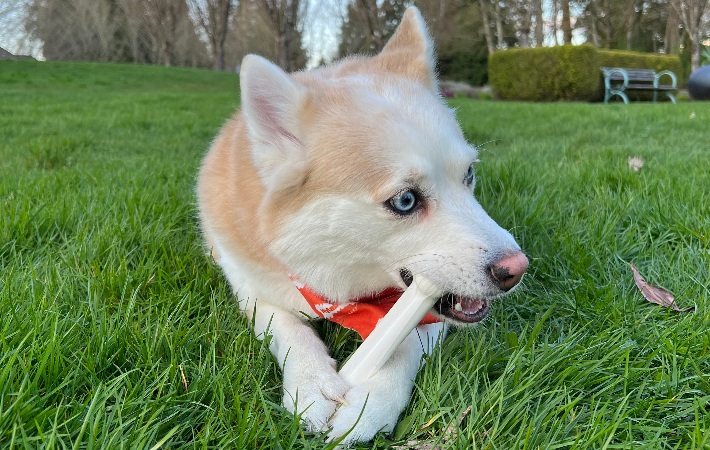
The easiest and most essential way to keep rocks out of your dog’s mouth is to supervise them when outside. Keep an eye on them when they sniff around during walks and in the yard, and teach the “drop it” command in case they pick up a rock.
If rocks are part of your landscaping, you can keep your furry friend away from them with a dog deterrent spray. Playing with your pup in the yard is a great way to keep their mind off rocks. Try games like fetch, hide-and-seek, or even a DIY obstacle course!
What Should Dogs Chew Instead of Rocks?
There are plenty of healthy alternatives to rocks! Explore these pet-parent-approved options:
Chew toys: Not only do chew toys satisfy your dog’s natural chewing instinct, but they also come in a variety of delicious flavors, enticing textures, and fun shapes dogs love! They’re much more entertaining than rocks and other forbidden objects, and they’ll teach your furry friend healthy chewing habits that will last a lifetime.
Treat toys: Introducing your dog to treat toys will combine their treat time and chew time, offering a long-lasting chewing challenge! You can fill them with a variety of treats and spreads to keep the fun going and give your dog a mentally stimulating activity. For even more delicious excitement, fill your stuffable toys with homemade dog treat recipes!
Chew treats: Giving your dog a tasty chew treat is sure to distract them from rocks in your yard and on walks. Treats are also essential to teaching your dog commands like “leave it” and “drop it,” so be sure to keep some on hand during your next training session.
Natural chews: Nature offers so much more to chew than just rocks! Long-lasting natural chews provide ongoing chewing satisfaction and deliver the delicious wild flavors dogs love. Bully sticks, shin bones, and beef bones are all sure to get your pup’s tail wagging.
Healthy Chewing Habits Rock!
No matter your dog’s age, teaching them what to chew on (and what to avoid) will promote a happier, healthier lifestyle. Plus, stocking up on toys and treats is a great way to show your best friend how much you love them!
If you’ve wondered why dogs chew on rocks, you might also be asking yourself these questions:
FOLLOW US!

